Rape and fatal fetal abnormality: is legalising abortion the answer?
A high court judge ruled last week that Northern Ireland’s near ban on abortion breaches the human rights of women and girls, including rape victims.
This ruling will affect women who are pregnant after rape or incest, and women carrying a fetus with a fatal abnormality. Both situations are incredibly traumatic for the pregnant woman and most people, including some Christians, will assume that abortion is their best solution.
These are commonly seen as the ‘hard cases’ that justify not having a blanket legal ban on abortion. Most people probably regard abortion as the most compassionate response to a woman violated by rape, or a woman carrying a baby she knows will die at, or shortly after, birth.
In Northern Ireland abortions are only permitted if the life of a mother is directly under threat (unlike the rest of the UK, the Abortion Act 1967 has never applied to Northern Ireland) so for rape and fatal fetal abnormality, abortion is illegal.
Most press coverage of this new ruling has focused on legality issues and possible grounds for appeal, presumably assuming the moral, practical and legal case for abortion for rape and fatal abnormality is unanswerable. In making the case for abortion for fatal fetal abnormality, the judge said: ‘When the fetus leaves the womb, it cannot survive independently. It is doomed. There is nothing to weigh in the balance. There is no human life to protect’.
Difficult and controversial as these cases are, there are actually numerous reasons why there should be no change in the law.
- Labels such as ‘fatal fetal abnormality’ are not a medical diagnosis. No doctor can say with certainty that an unborn child, however severe their disability, would not live until birth. A 2012 paper entitled ‘Fatally Flawed?’, published in the British Journal of Obstetrics and Gynaecology, similarly found that a term like ‘lethal anomaly’ is not a medical prognosis. If it is not a medical diagnosis, legality relies on an arbitrary, haphazard, decision-making process (as in the UK).
- Even with prenatal scans and where the diagnosis is clearly known, there are unpredictable variations in survival times. There is no agreed list of lethal or fatal conditions in medical literature because, for almost all conditions, there are mixed outcomes and babies often survive beyond birth, sometimes for longer than anyone expects.
- Any attempt to create a ‘list’ of so-called fatal conditions would be both arbitrary and subjective and would simply shift discrimination onto a more precisely defined group of people.
- Research and treatment constantly progresses, affecting actual outcomes for babies diagnosed with life-limiting conditions. Already 75% of babies diagnosed with anencephaly live beyond birth, and children with Trisomy 13 (a condition often described as a fatal abnormality) and Trisomy 18 now live, on average, for between 10 and 14 days after birth.
- Children such as Lilly Ann Behan, who lived for six days with anencephaly, should not be described as ‘doomed’ or ‘not human life’. She is rather a vulnerable baby with special needs.
- Revealingly, over 90% of Irish parents who are told their baby has a life-limiting anomaly do not seek an abortion (despite often being pushed for it).
- Abortion in these cases is rarely ‘easier’ than carrying a baby to term. In fact, women who terminate for fetal anomalies can experience grief as intense as that of parents experiencing a spontaneous death of a baby. New research from Duke University found that women who had an abortion after a diagnosis of anencephaly were significantly more likely to suffer depression and despair than those who did not abort.
- There are alternative, positive, caring options for women carrying babies with life-limiting conditions, such as palliative care and perinatal hospices (a ‘hospice in a womb’), both providing support before and after birth.
- Almost all families of children with Trisomy 13 and 18 reported that their time together was happy and rewarding overall.
- Babies in the womb, even if severely disabled, are not ‘anencephalics’ or ‘doomed fetuses’, they are babies with severe disabilities, they are humans, and they are alive.
- Dehumanising and devaluing the lives of fetuses with disability, however severe, is a dangerous road to travel. At what point do the same criteria apply to those near the end of life? Those in comas? Those with severe disability already past the point of birth?
- If that’s not enough to challenge thinking, read these other 20 reasons to think twice about aborting a baby with anencephaly.
In cases of rape Mr Justice Horner states that the woman: ‘has to face all the dangers and problems, emotional or otherwise, of carrying a fetus for which she bears no moral responsibility but is merely a receptacle to carry the child of a rapist and/or a person who has committed incest, or both.’ 24 [162].
Rape is a terrible crime and the case for abortion seems overwhelming to many people in the light of this. But consider the following:
- Not only is rape itself uncommon (thankfully), conception after rape is extremely uncommon.
- The little evidence there is finds that most women in this situation actually choose to keep their baby. The Rape Crisis Network Ireland found that most women who become pregnant through rape or incest did not want an abortion: In 90 cases of pregnancy through rape only 17 women and girls chose to have a termination. In another anecdotal survey, of 37 women who had a rape-related pregnancy, only 5 chose abortion.
- When women are actually asked to speak for themselves, their opinion of abortion turns out to be the opposite of what most predict. Of 192 women interviewed who had become pregnant after rape or incest, nearly all (80%) who had an abortion regretted it. Over 90% of these said they would discourage other victims of sexual violence from having an abortion.
- Of women interviewed who carried their pregnancy to term, not one expressed regret about her choice.
- Abortion is not an ‘easy solution’ to rape and cannot alleviate or undo in any way the crime committed. Getting rid of the pregnancy does not ‘solve’ the problem for women who are pregnant as a result of rape.
- It is difficult to see how a law that allows abortion after rape or from sex with a family (or ‘extended’ family) member, could be framed. It takes months to establish guilt through the courts in the case of rape by which time any baby conceived by violation would already have been born. Presumably the assertion of rape or incest (or even the label ‘coercive’ or ‘non-consensual’ sex) would have to suffice to get an abortion.
- We should not rank the value of people based on the circumstances of their conception. The worth of children should not depend on whether their fathers were better people or not. Why is it that pro-abortion advocates are always saying the unborn child is really the mother’s, not the father’s, until she is raped then suddenly the child is viewed as just the father’s, not the mother’s?
- Calling the baby the ‘child of the rapist’ is emotive language which imputes guilt to the baby. Yet the baby is the second innocent victim of the crime. The question has to be asked: should the baby die for the father’s crime? The reason most women decide to carry babies after rape is because they see and identify with the baby as a victim and see that giving it life helps them to make progress in overcoming the rape.
Difficult as it appears to be, I have to conclude that abortion doesn’t bring healing to a rape victim and creating a second victim never undoes the damage to the first victim.
Hard cases can certainly prompt reflection but do not imply that the law needs changing.
The current near blanket ban on abortion in NI acts as a strong deterrent against abuse but also allows judges and prosecutors to show discretion in hard cases. Trying to legislate for ‘hard’ exceptions runs the risk of weakening the law and encouraging more erosion of the principle that innocent human life should be strongly protected.
What might appear at first sight as a needed change, to benefit those facing a particular set of difficult circumstances, can often have longer term unintended and negative consequences for society in general and, in these cases, for a group of vulnerable children (and their mothers too).
Hard cases are indeed hard, but jettisoning fundamental principles of protecting the life of individuals, especially vulnerable ones – the young, the severely disabled – is not the answer.

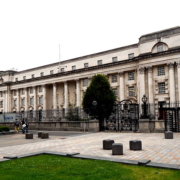
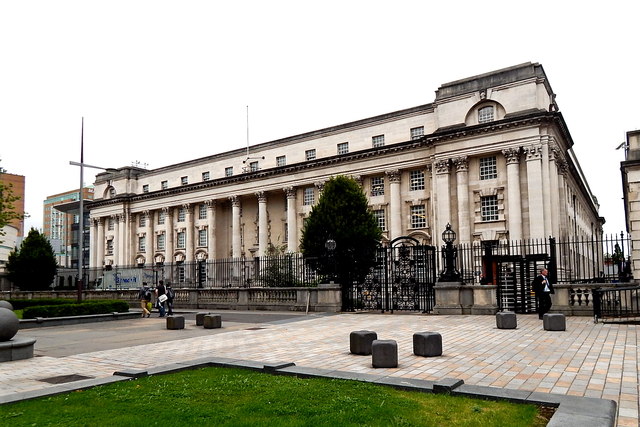

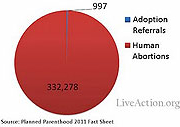
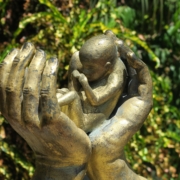

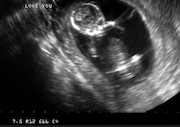





Leave a Reply
Want to join the discussion?Feel free to contribute!